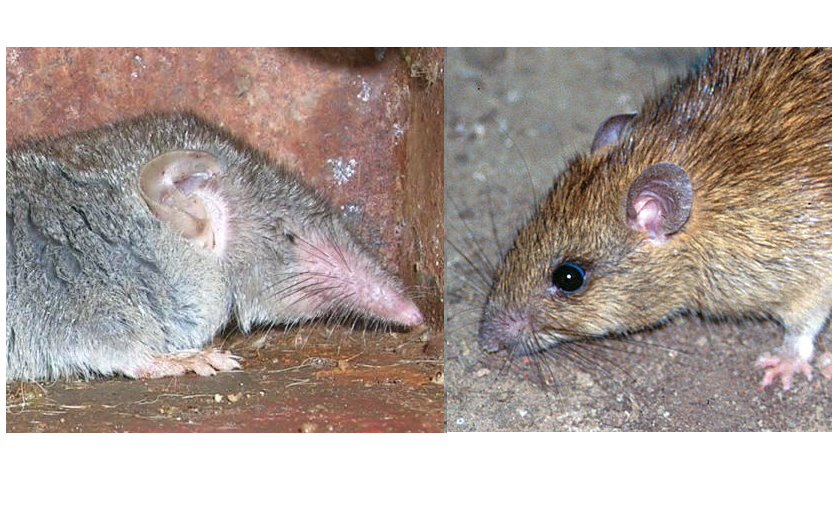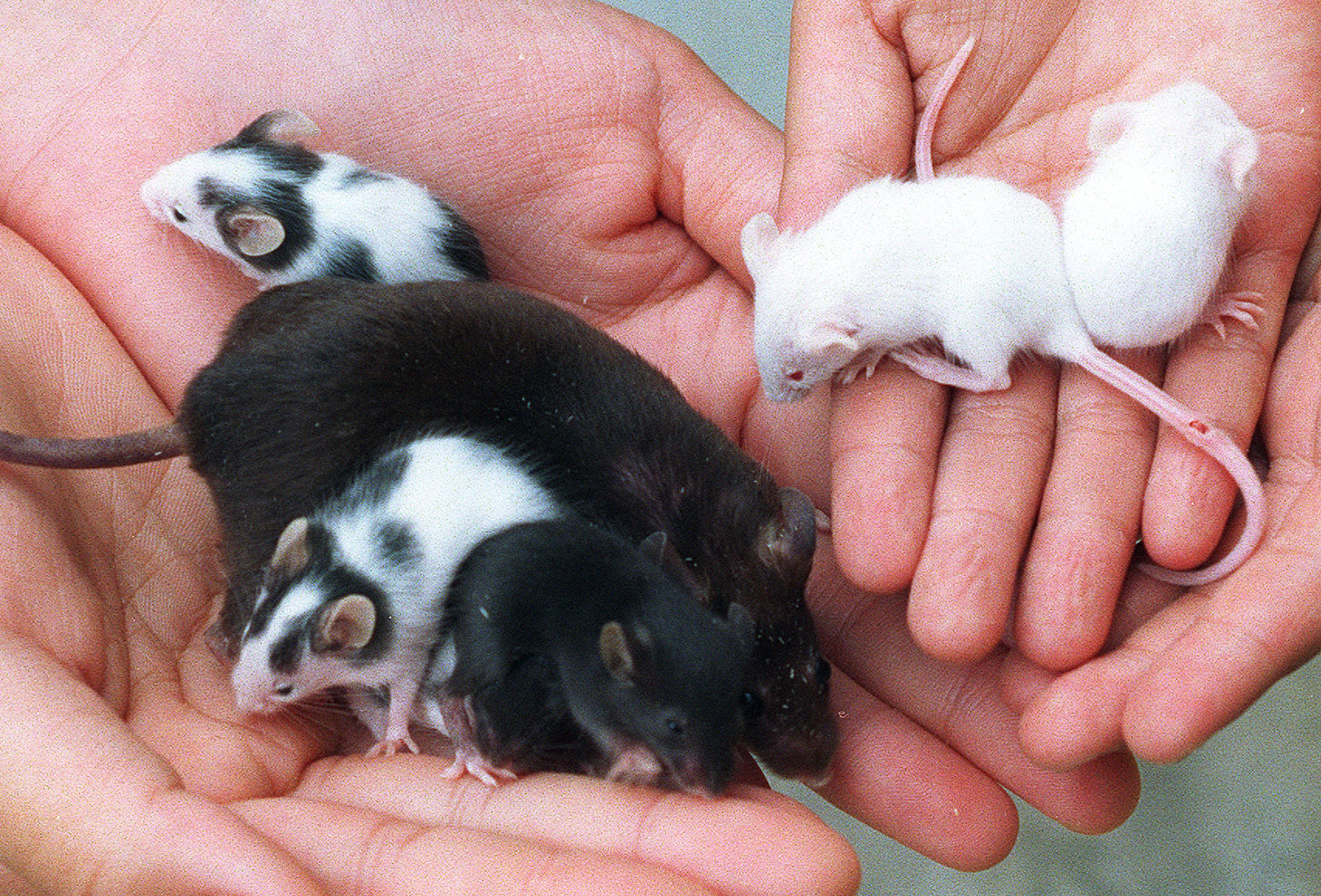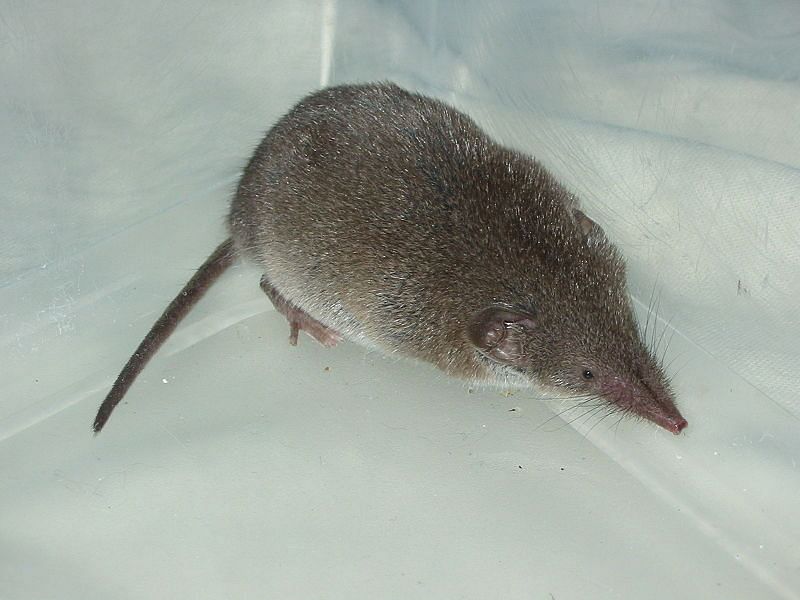Shrews uncovered at Springside Park: How they are different from rats and mice
Sign up now: Get ST's newsletters delivered to your inbox

Unlike a rat (right), a shrew is not classified as a rodent.
PHOTO: FACEBOOK/MS LEE BEE WAH, WIKIMEDIA COMMONS/CSIRO
Sanjay Nair
Follow topic:
SINGAPORE - Shrews have been discovered at Springside Park in Seletar after residents thought they had a rodent problem on their hands.
But while the furry little creatures may look like rats or mice, they are not one and the same.
DIETS
Unlike rats and mice, shrews are not rodents. Instead, the small mammals are classified as insectivores.
While a shrew may eat roots, seeds and other vegetation when necessary, its main diet is meat: beetles, crickets, snails, earthworms, millipedes, scorpions, small snakes and birds, mice and even other shrews.
Conversely, a mouse will occasionally eat insects like beetles and cockroaches, but its diet is predominantly vegetarian: seeds, roots, stems, grass and leaves.
APPEARANCE

While mice can be found in different colours, ranging from white to light brown to black, shrews come in one colour only: grey.
Shrews are usually smaller than mice, and their noses are much more pointed. Mice have large eyes, while shrews' eyes are tiny, to the point of being almost invisible beneath their fur.
Shrews also have meat-eaters' pointed teeth and small ears compared with a mouse's grooved incisors and large ears.
While mice typically have long, sparsely furred tails, shrews have tails which are shorter with a bit more fur. Shrews have five toes on their front feet, while mice have only four.
Mice and rats have differences too. Generally, a mouse has a smaller head and larger ears and eyes relative to the head compared with a rat.
BEHAVIOURAL PATTERN
Shrews are considered nocturnal, although they are known to hunt for food throughout the day, mostly because of their high metabolism. According to wildlife site OneKind, shrews have to eat between 80 per cent and 90 per cent of their own body weight in food daily to survive.
Rats and mice, meanwhile, are usually nocturnal but are sometimes active during early morning and late afternoon hours.
Mice live in communities and band together to defend their territory against intruders. Shrews, on the other hand, prefer to live alone except during the breeding season.
SIGHT AND SOUNDS

Mice are said to have a sharp sense of smell along with exceptional eyesight and hearing.
Shrews' sense of smell is comparatively weaker, and those tiny eyes compromise their vision.
They may be able to distinguish dark from light, but they mostly manoeuvre using the same technique as whales, dolphins and bats: echolocation. Using a combination of sounds, shrews can get a lay of the land and even locate prey.
Source: Animals.mom.me, BBC Nature, Extension

